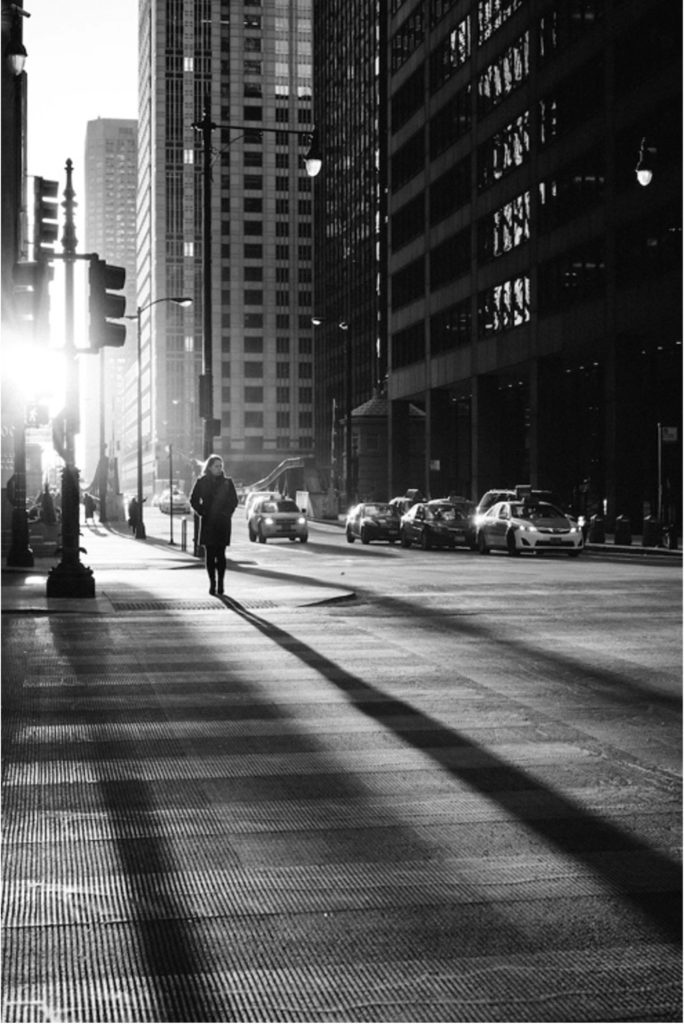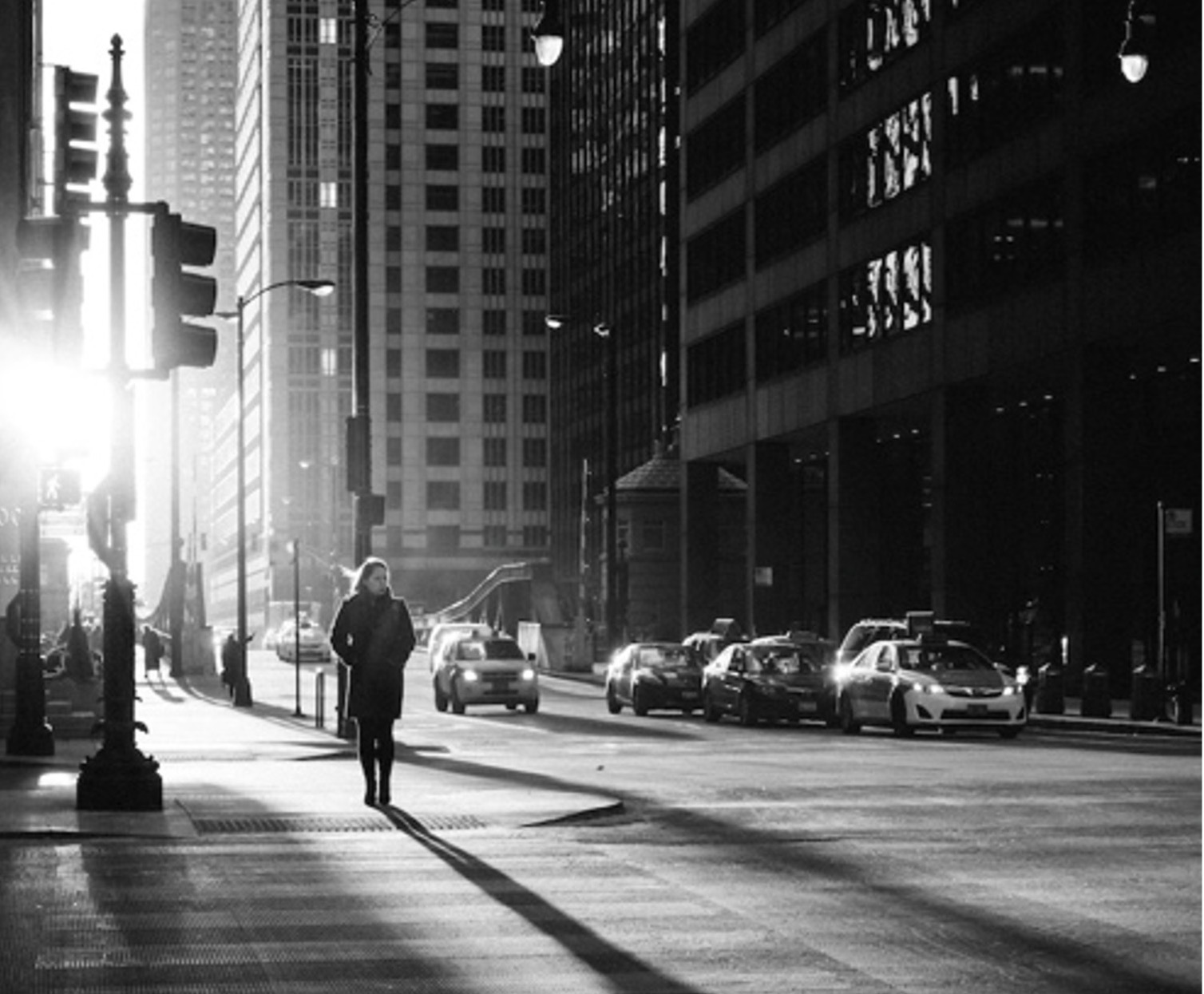
A woman walks alone through a big city, the city is beautiful, the buildings are tall, the sun reflects on the streets through the branches of the few trees that the asphalt has not eaten yet. She walks for hours and hours, the city is big, it is crowded, it is Barcelona. The young woman looks around, people walk in a hurry, cars barely stop at traffic lights, traffic circles collapse. She can’t find a bench to sit on. She keeps walking, it is getting dark, she passes through the city center, several men comment about her physical appearance. Other men offer her products to buy. She gets to see the sea, still uncomfortable. Who has designed this city? Who has designed it for? Why can’t a woman walk without being in a hurry, without shopping, without listening to obscene comments, without trusting?
Her mother taught her not to trust, her grandmother told her not to talk to strangers. What could be a life lesson, is only a preparation to go down the street, to walk around her city. The other women around her didn’t seem very comfortable either, nor do they think about it. Would she teach the same to her daughter? What would have to happen to make cities friendly to women?
In her Sociology degree, she took the subject of Urban Sociology, which studies life and human interactions in metropolitan areas. What exactly is the sociology behind the construction of cities is certainly an interesting question. Have cities been built considering men and their needs? It will ever come that day come when women could return home safely? Will there be cities built for them? Would these cities exist on the other side of the world?
She began to analyze gender-based violence on college campuses, and the student support networks that help survivors move forward. She quickly understood that women were not finding safe spaces for themselves on college campuses either. But they had organized. Solidarity can save and prevent, but above all it can accompany, play a network role. And yes, Berkeley is that environment of providing alternatives to the existing reality.
Years later the woman gets to live in Berkeley, walks through its streets, admires its parks, goes to college. This new city does not inspire confidence in her at first, but she is used to it. She continues to explore its nooks and crannies, getting to know its people, even the resources on campus. Some of these resources are intended to accompany people who wish to get home safely. An example of this service is the BearWalk Escort. In addition to the resources the campus offers, she also discovered other mechanisms created in the community and for the community, such as the Walk Bike Berkeley. She understood that habitable cities are not only those that protect women from potential dangers but those that offer a sense of community, a communication with others and with the environment.
One day the woman walked off campus and caught the bus. Another woman spoke to her at the bus stop, sharing with her the existence of one app that it would virtually accompany them home, following them on their journey. The young women thought it was a wonderful idea. An idea that could even be transferred to Barcelona. She thought the path has been created to the dream that never again will a woman feel alone. We are already developing the solutions.
Together we women are creating support networks everywhere, accompanying each other, taking care of each other’s problems, and joining forces to send a message of solidarity to other women and girls around the world. Does this fact change the habitability of cities? Surely yes, future generations will enjoy friendlier and safer cities thanks to efforts like these.
Berkeley, April 12, 2023

